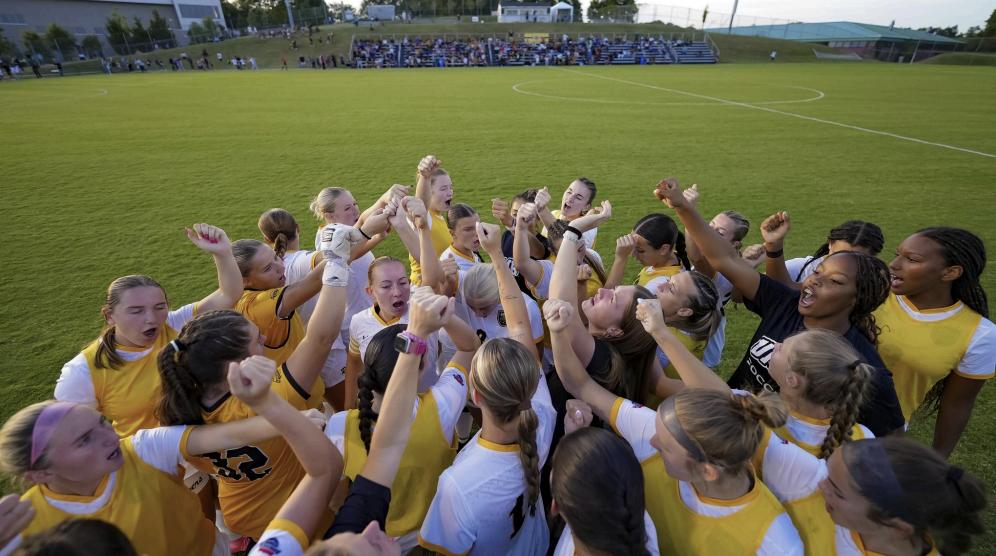In light of issues students have been having with parking permits, Deputy Chief of Police Paul Dillon and Parking Services Director Charles Boddy have stated there are plans for a license plate recognition system to be implemented in Fall 2018 where paper permits will be replaced with “virtual” permits.
License Plate Recognition is essentially when one captures photographic video or images of license plates, which are then processed by a series of algorithms that then convert the images to a text entry. A series of six algorithms have to be used in order for it to work: localization, orientation, normalization, segmentation, recognition and analysis. This requires thousands of lines of code and specialized hardware from cameras, illuminators and the specific algorithms. The cost is dependent on the type of system installed. According to a LPR Report, the cost can range from $10,000 to $20,000 apiece. The price is dependent on the number of cameras an agency needs and the location of it.
This technology will be employed where the individual’s license plate will be connected to the permit. As individuals drive, cameras will scan the license plate. They will associate the plate with a permit for that particular lot. Dillion stated, “This system will be designed to assist parking services; however, the software can be tied into databases that would identify stolen cars or owners who have open warrants. This would certainly aid police.”
According to Dillion, License Plate Recognition will “scan” plates much more quickly to see if they are in the system or not. According to Boddy, “In the industry, especially the university, it appears some of the issues we’re having such as “I didn’t have my permit; I drove my mom’s car” could be brought down by LPR. It could help bring down the citations. Based off the issues, it can help.” There also can be multiple permits attached to a license plate as well.
There still has to be a lot of work done to implement this new camera system as cameras, software, computers, wiring and installation have to be employed. Cameras have to be attached to the SUVs where said cameras would take pictures of the license plates of individuals. Cost, as mentioned above, also has to be considered before implementing the potential system.
Even if there will be new stationary technology implemented to scan license plates, there will still be personnel walking around ticketing.
In regards to the legality of the use of License Plate Recognition technology on campus, Dillon assured that it was well within legal bounds. He explained, “A license plate on a vehicle is designed to help identify the owner of a vehicle. That is its main purpose.”
